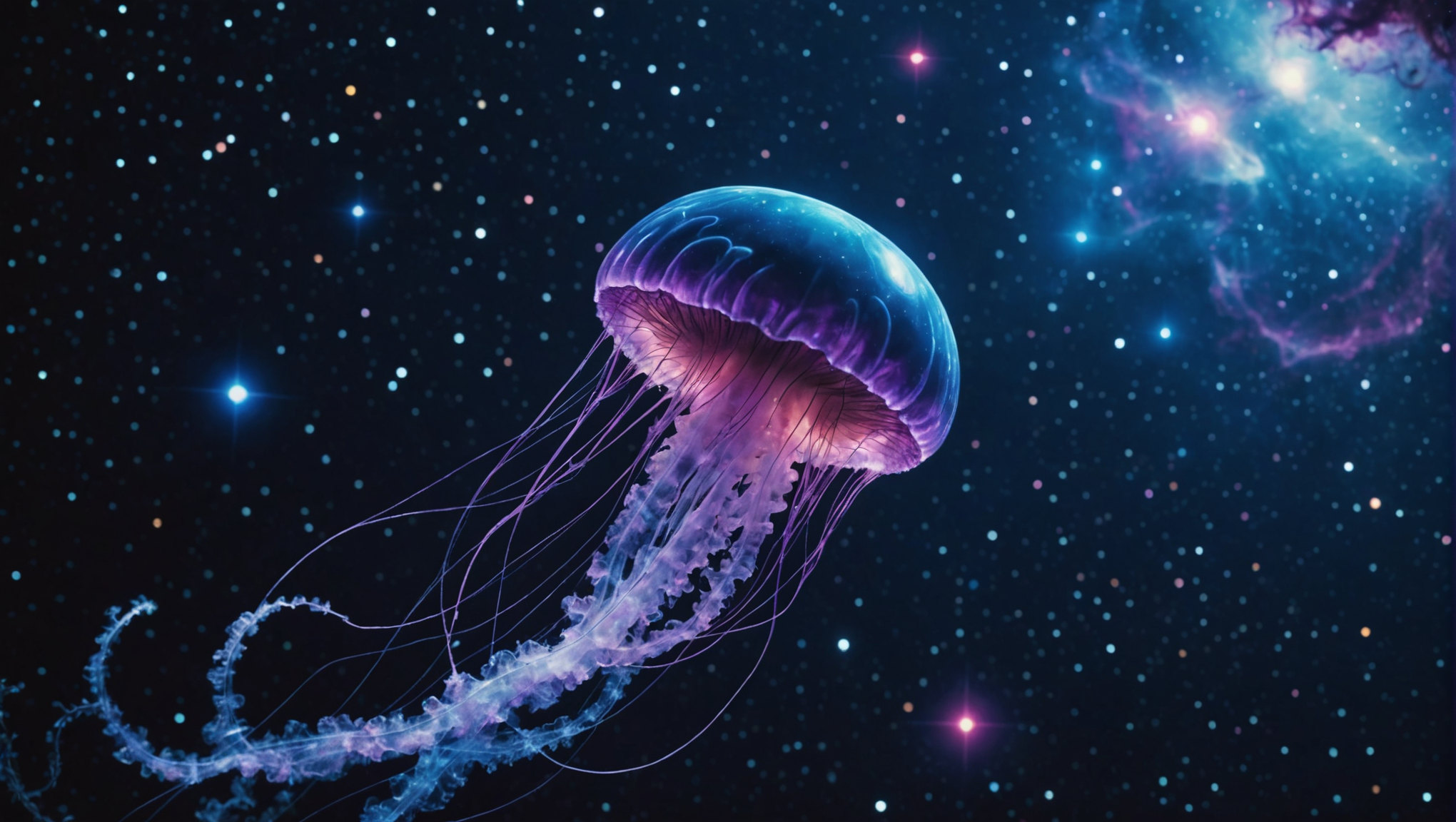Cosmic Enigmas Awaken the Explorer Within
Mind-Blowing Mysteries of the Cosmos Beyond our familiar blue sky lies a universe brimming with enigma and wonder, a celestial landscape this is both exhilarating and daunting. The cosmos is filled with mysteries that challenge our understanding of reality and ignite our imaginations. From violent stellar explosions to the subtle tug of unseen dark matter, […]
Read the full story








